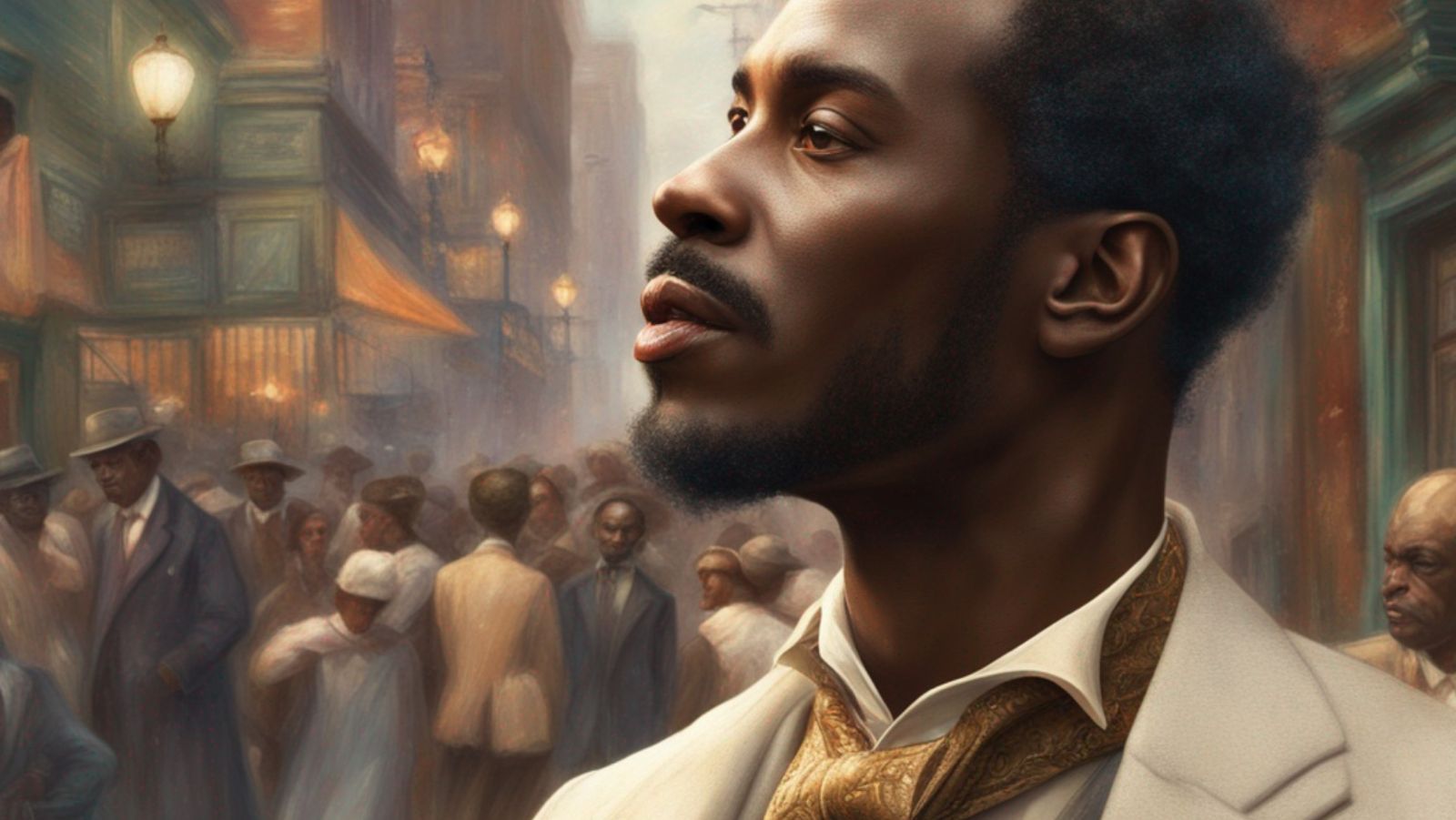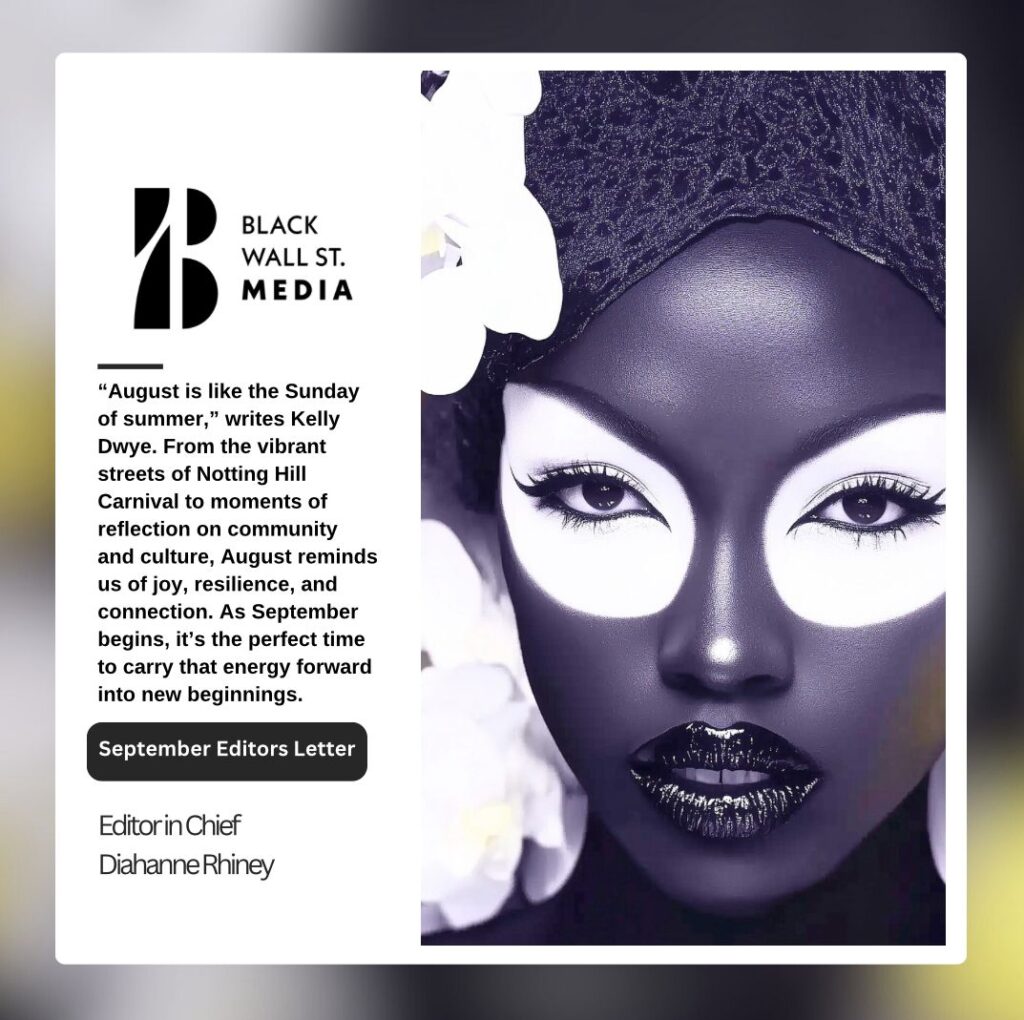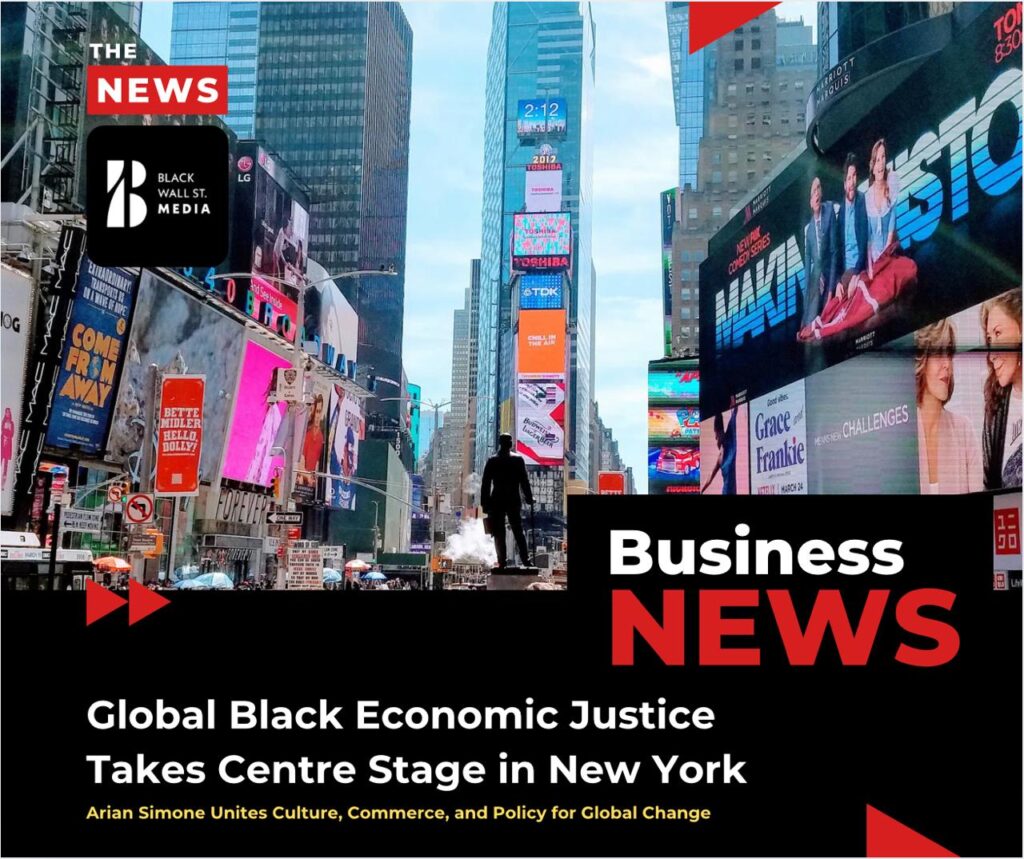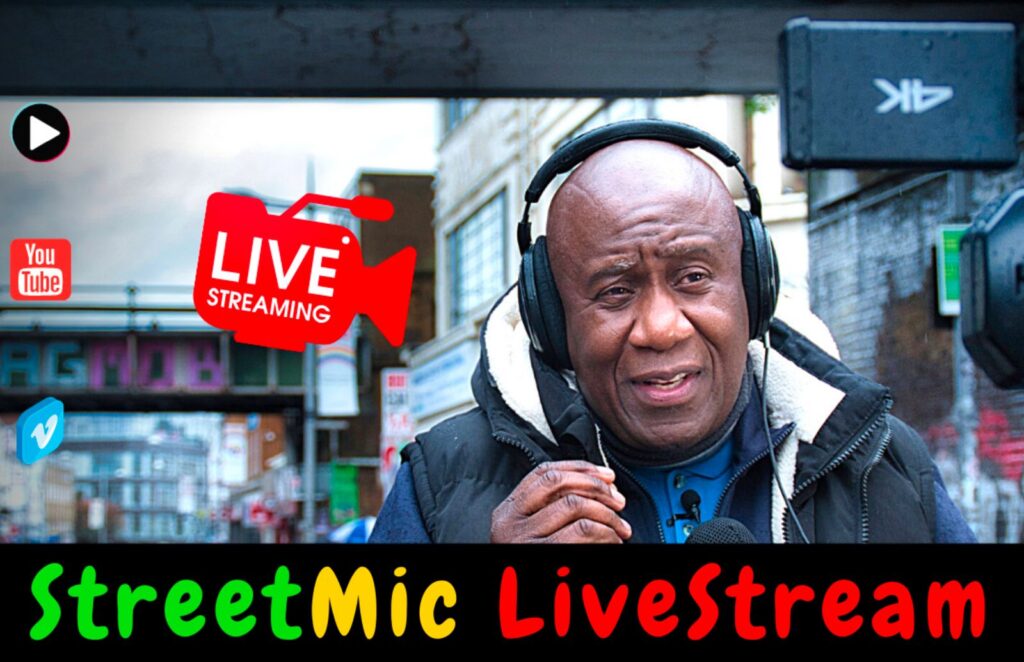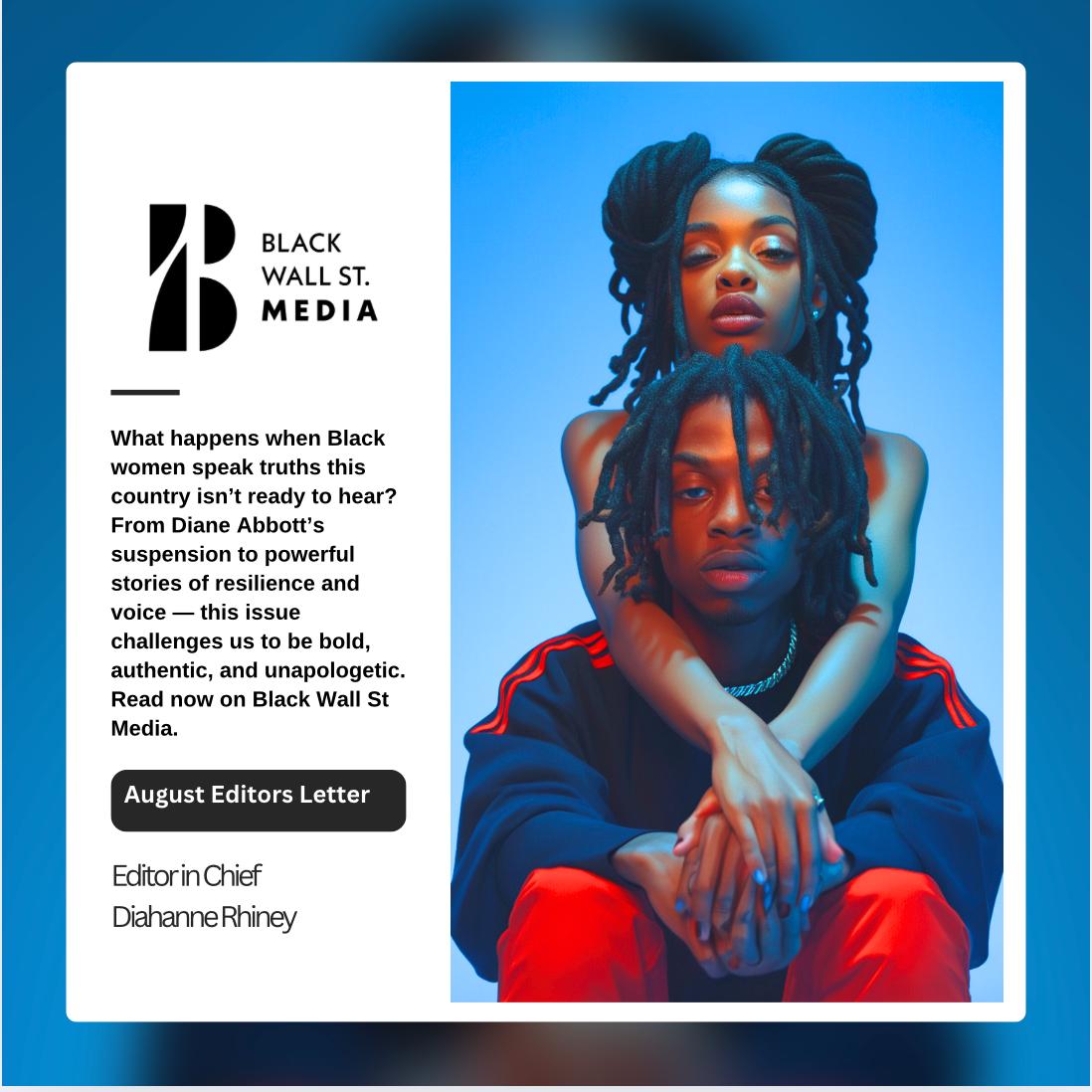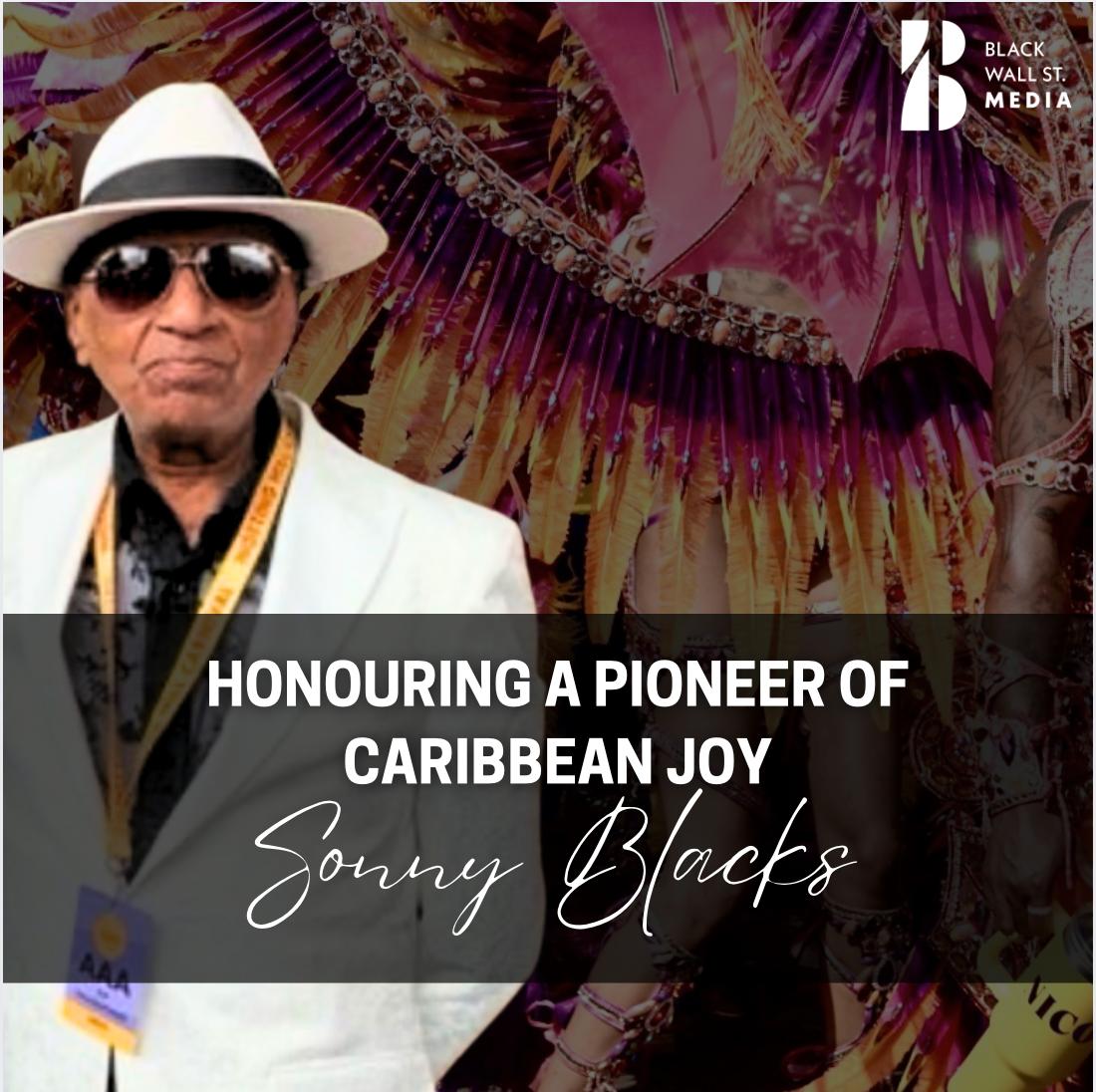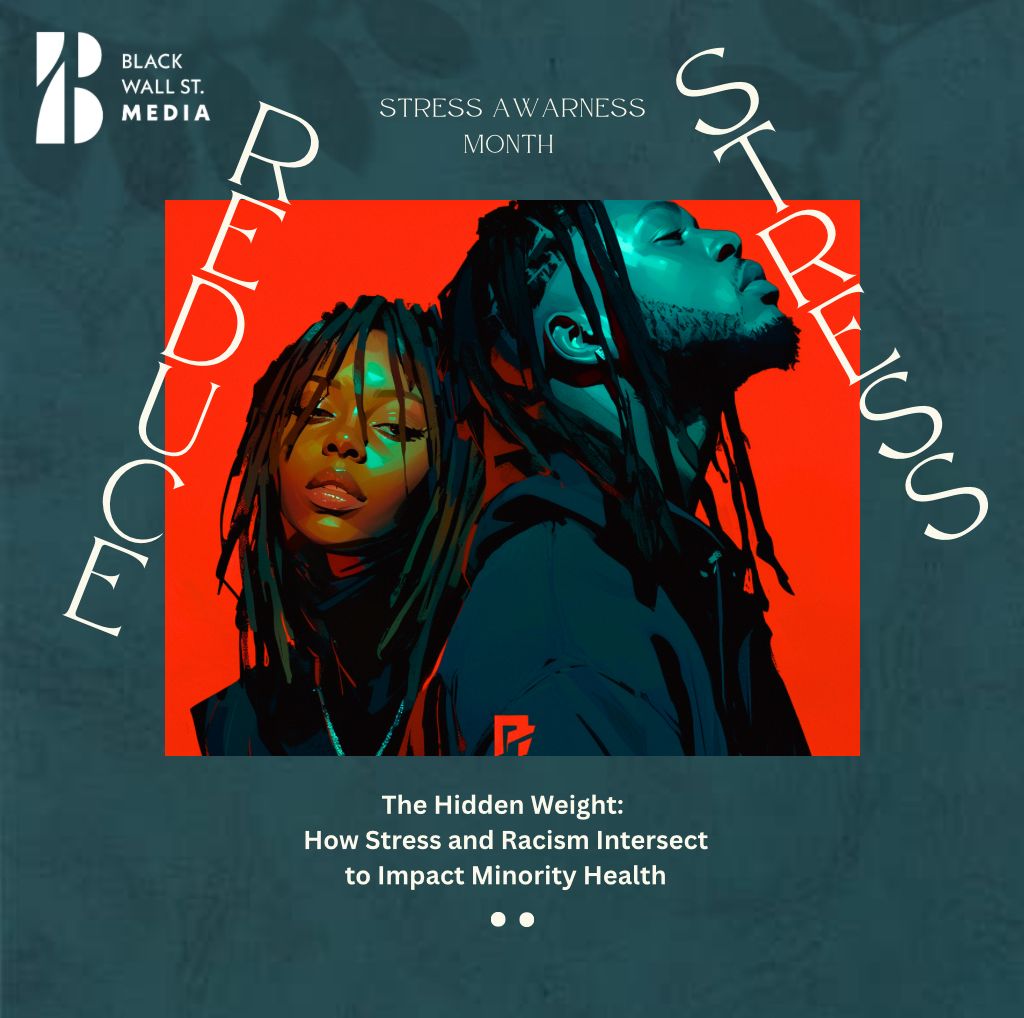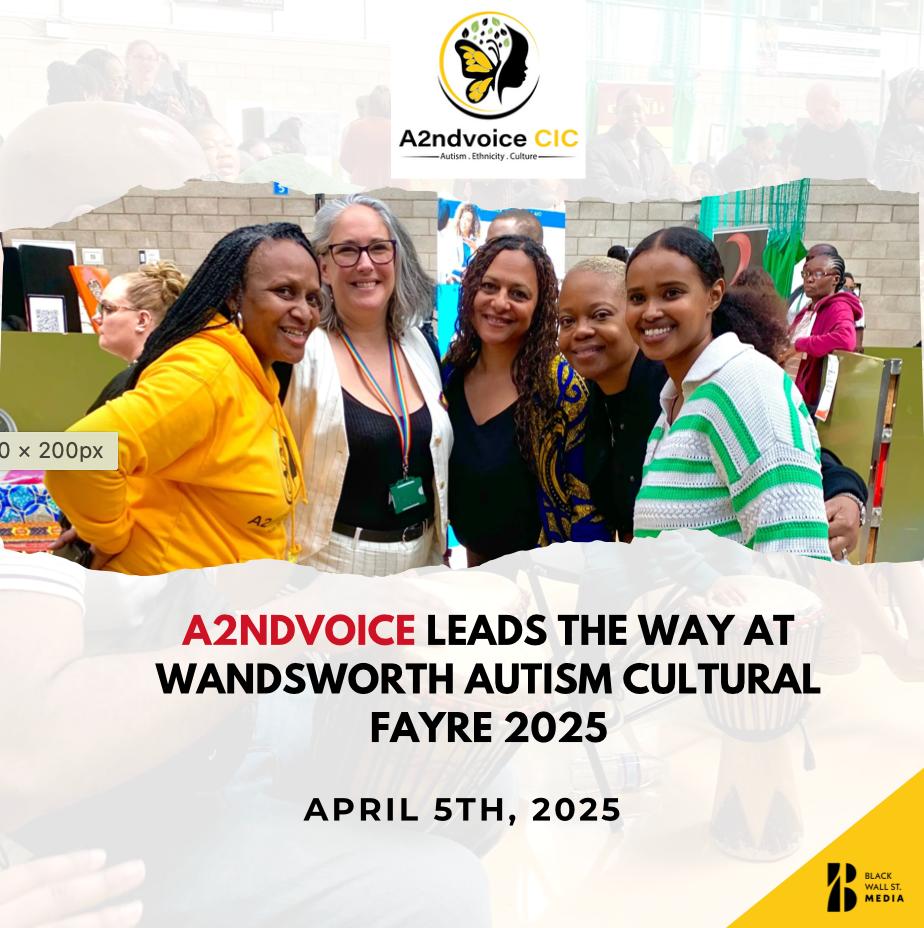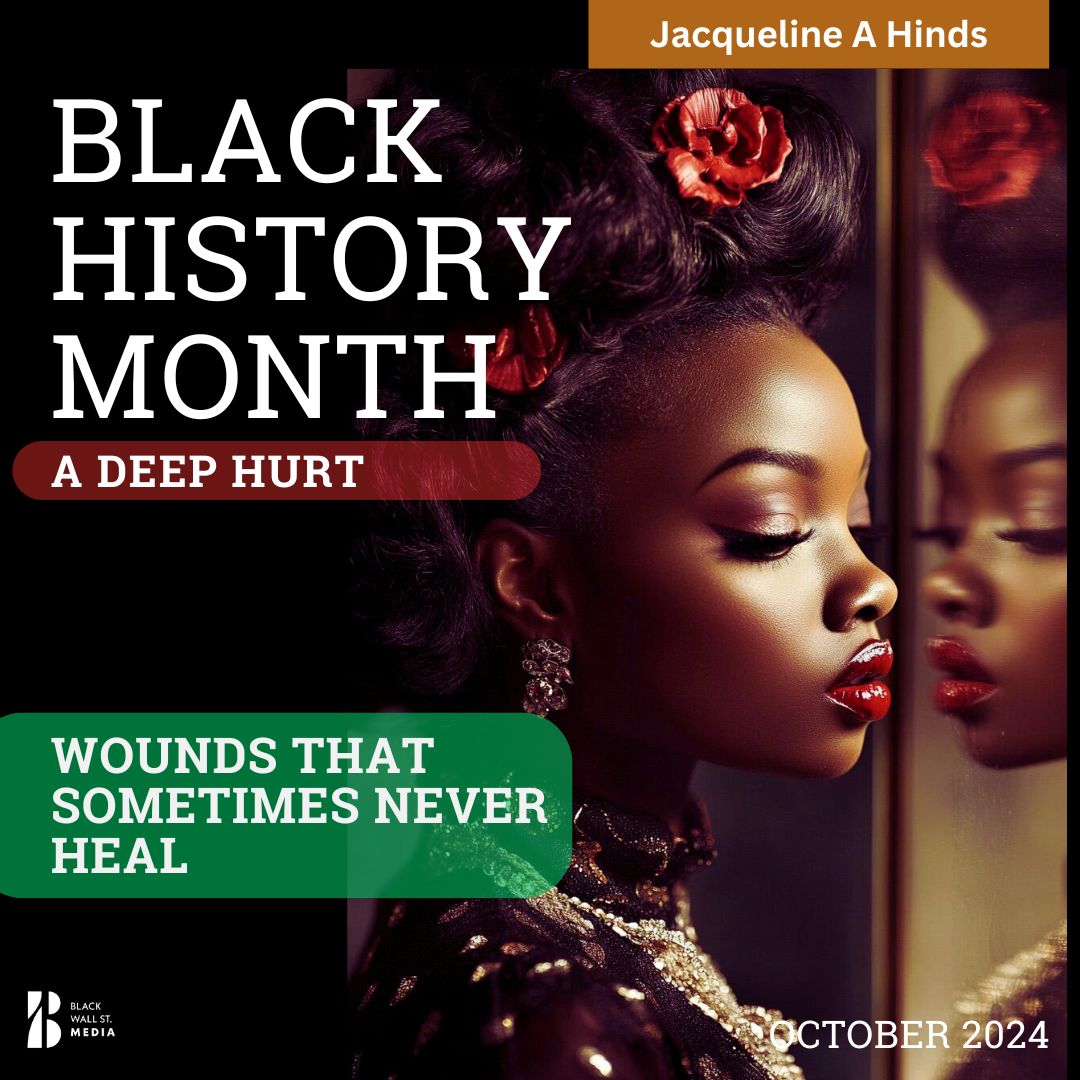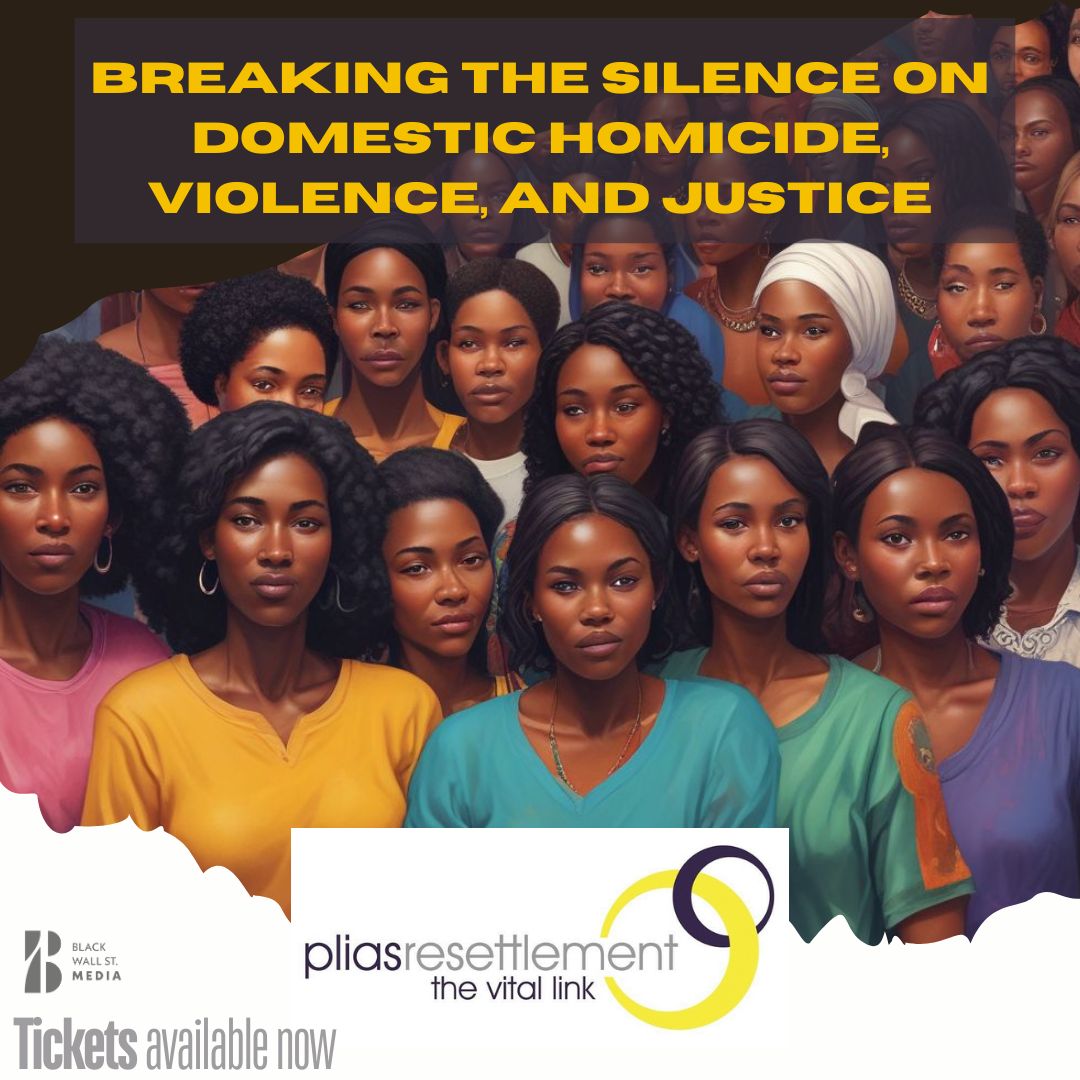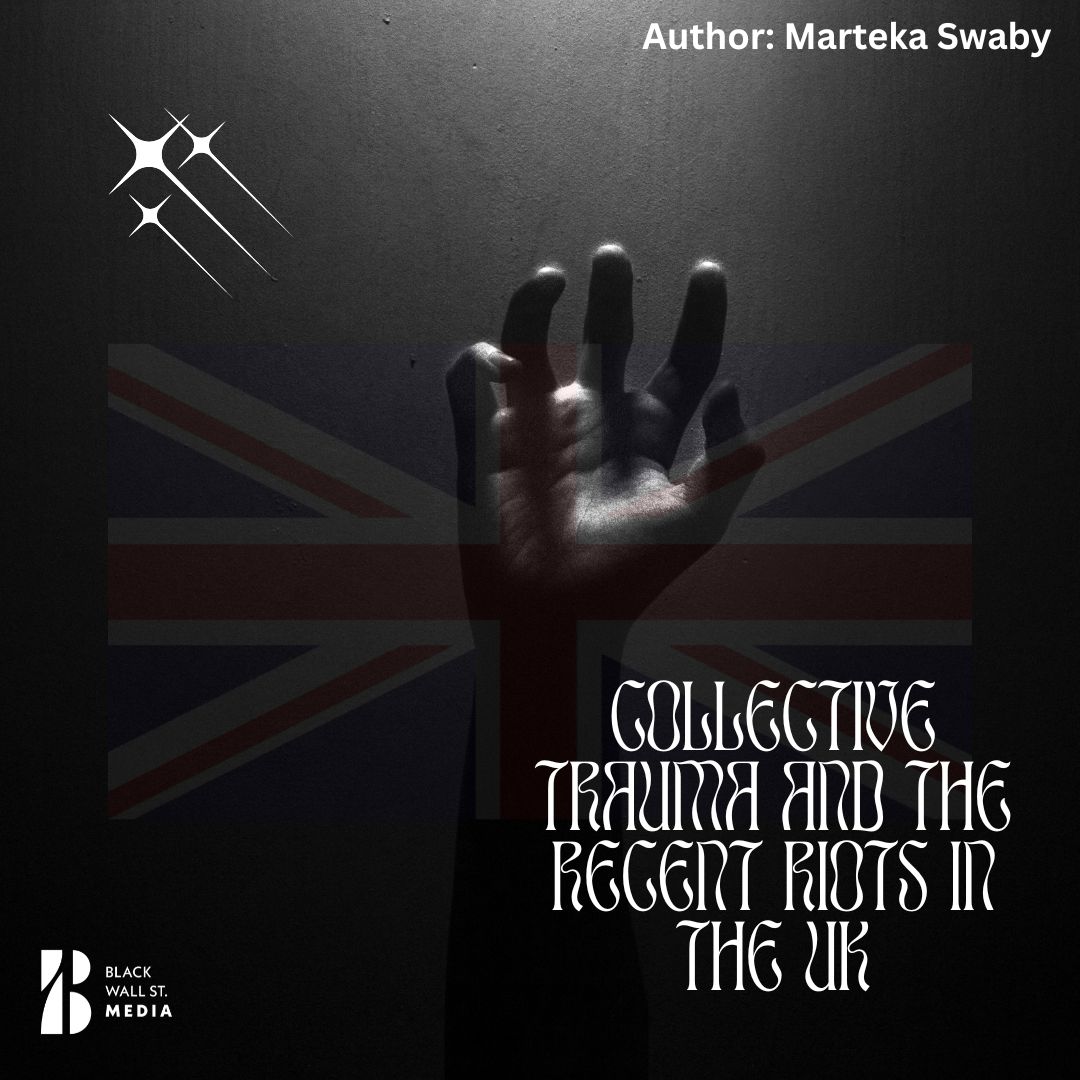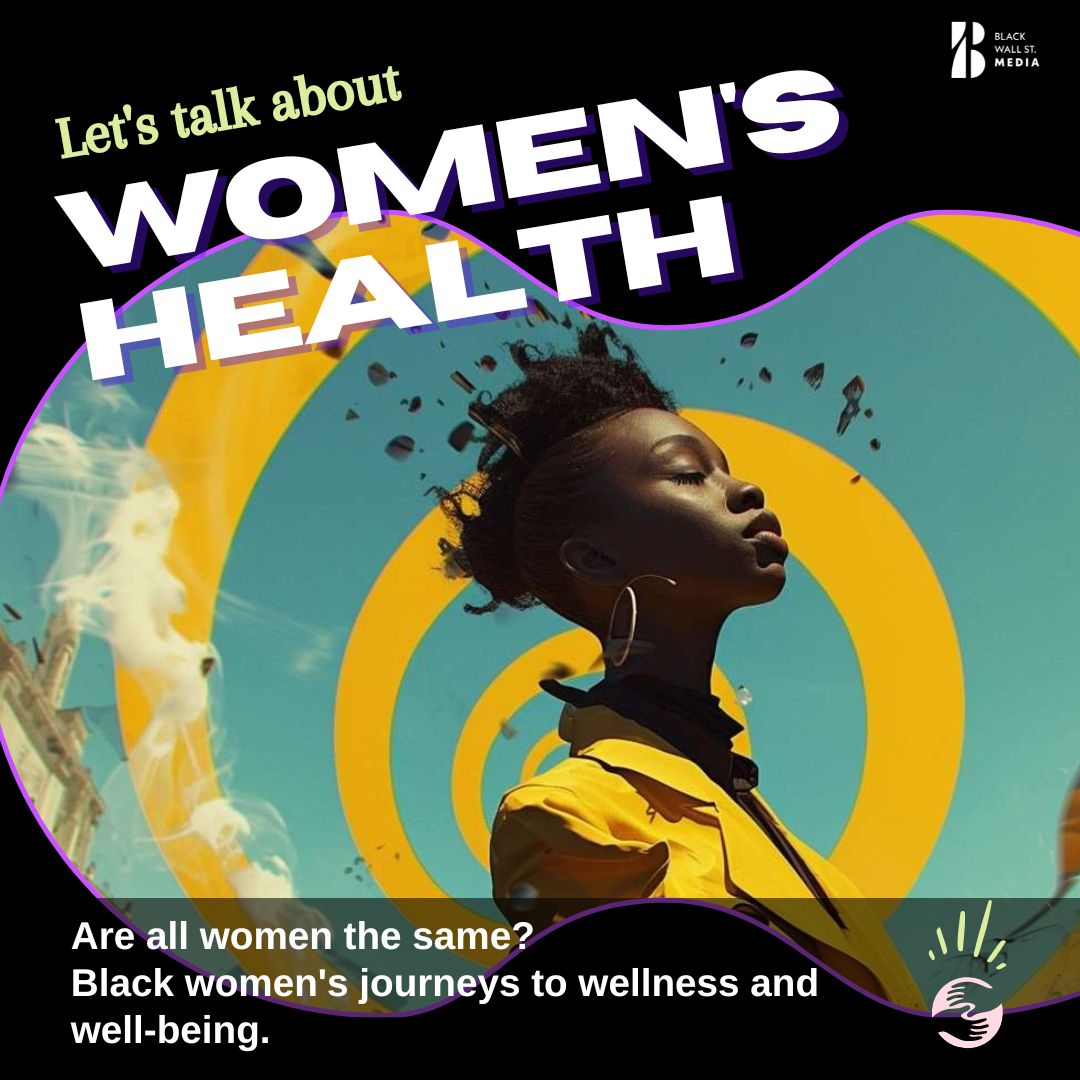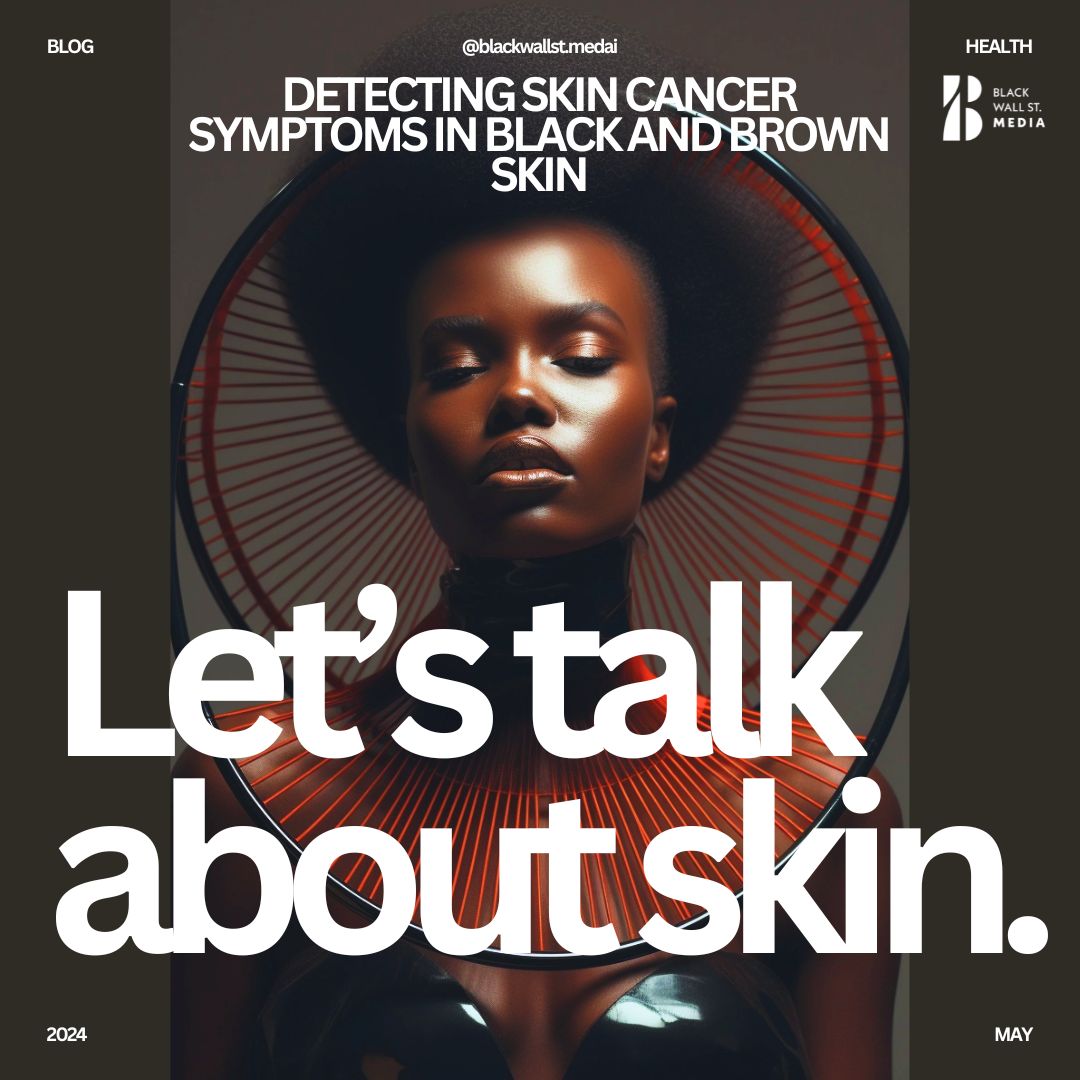Diaspora Studies.
The Caribbean Influence on the Harlem Renaissance: A Global Perspective
“The Harlem Renaissance is often celebrated as a defining moment in African American history, but its roots and influence extend far beyond the borders of the United States.”
BWSMCONTRIBUTOR
The Harlem Renaissance, often heralded as the “Capital of Black America,” was not merely a beacon of African American culture but a global crossroads where the currents of the African diaspora converged.
Among the most influential contributors to this cultural explosion were artists and writers of Caribbean descent, whose voices and visions left an indelible mark on the era. Figures such as Claude McKay, Eric Walrond, Arturo Schomburg, and Wilfrid A. Domingo embodied this transnational exchange, bringing with them the unique perspectives and experiences of the West Indies to the heart of Harlem.
Claude McKay, born in Jamaica in 1889, stands as a pivotal figure in this narrative.

Before setting foot in the United States, McKay had already made a name for himself as a poet in London. When he arrived in America in 1912, he carried with him not just his literary prowess but also the complex history of his Caribbean homeland.
Though McKay only resided in New York for a few years, his association with the Harlem Renaissance became iconic. His novel Home to Harlem (1928) is a testament to his deep connection to the neighborhood, even if it was penned largely in France. McKay’s second novel, Banjo (1929), further cemented his international influence.
When Banjo was translated into French, it made “an overwhelming impression on French West African students in France,” reverberating far beyond the borders of Harlem and even the United States.
This reception highlighted the global resonance of McKay’s work and the deep connections between the Harlem Renaissance and the broader struggles for Black autonomy and identity. McKay’s engagement with global movements didn’t end with the African diaspora.
He also drew inspiration from the Irish independence movement as a model for decolonialization.
This nod to Ireland tapped into a tradition that extended back to 1916, when Marcus Garvey, the Jamaican-born leader of the Universal Negro Improvement Association (UNIA), sent a telegram to Eamon De Valera expressing solidarity with the Irish nationalist cause during the Easter Rising.
This act of transnational solidarity underscored the interconnected struggles for freedom and self-determination that were brewing across the globe. The presence of Caribbean voices in the Harlem Renaissance was not incidental but rather a vital element of the movement’s dynamism.
Literary scholar Robert Philipson notes that the groundbreaking 1925 anthology The New Negro is a testament to this influence.
The collection includes contributions from Jamaican-born McKay, as well as Eric Walrond, who was born in British Guiana and raised in Barbados and the Panama Canal Zone, and Arturo Schomburg, a Puerto Rican of African and German descent.
Wilfrid A. Domingo, another Jamaican contributor, directly addressed the Caribbean connection in his essay “Gift of the Black Tropics,” underscoring the critical role that Caribbean immigrants played in shaping the cultural and intellectual landscape of Harlem.
Domingo argued that West Indians were uniquely prepared to confront racial barriers in the United States. Coming from societies where legalized segregation was less pervasive, they were often shocked by the brutality of American racism.
This jarring experience fueled their activism and artistic expression. The Caribbean intellectuals in Harlem were not merely reacting to their new environment; they were also bringing with them the seeds of anti-colonial thought, which would later contribute to the dismantling of the great colonial empires in the mid-20th century.
One of the most prominent Caribbean figures of the Harlem Renaissance was Marcus Garvey, also from Jamaica.
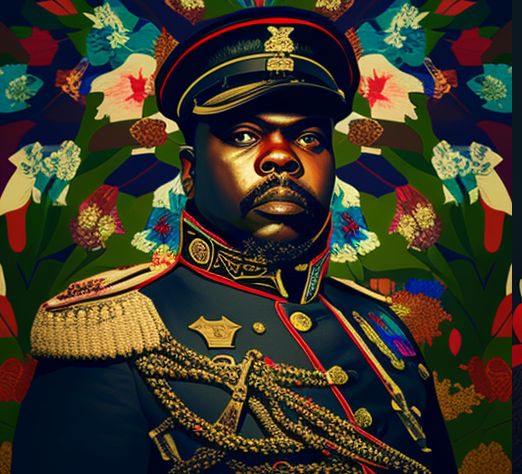
Garvey, along with his wife Amy Jacques Garvey, brought with them a potent blend of Black pride, diaspora consciousness, and a defiant stance against white racism. Garveyism laid the foundation for the growth of Black nationalism not just in the United States but across the Caribbean and the wider world.
Harlem in the 1920s was a vibrant, international community where nearly a quarter of the Black population was foreign-born. The ideas that germinated in this neighborhood had roots that extended far beyond America’s borders, nourished by the rich cultural and intellectual traditions of the Caribbean.
The Harlem Renaissance, therefore, was not just an American phenomenon; it was a global movement that drew strength from the diverse experiences of the African diaspora.
“Certainly, the Harlem Renaissance was American,” concludes Philipson, “but it was also a cultural movement of significant Black autonomy” that reverberated around the world.
It manifested “the promise of a diasporic consciousness that had always been implicit in Black identity.”
As we look back on this remarkable period, it becomes clear that Harlem was not just the capital of Black America; it was a world capital.
The contributions of Black Caribbeans like Claude McKay, Eric Walrond, Arturo Schomburg, and Wilfrid A. Domingo remind us that the Renaissance was a truly international event, shaped by the global currents of the early 20th century.
Their legacy continues to resonate, a powerful reminder of the interconnectedness of the African diaspora and the enduring impact of the Harlem Renaissance on world culture.

